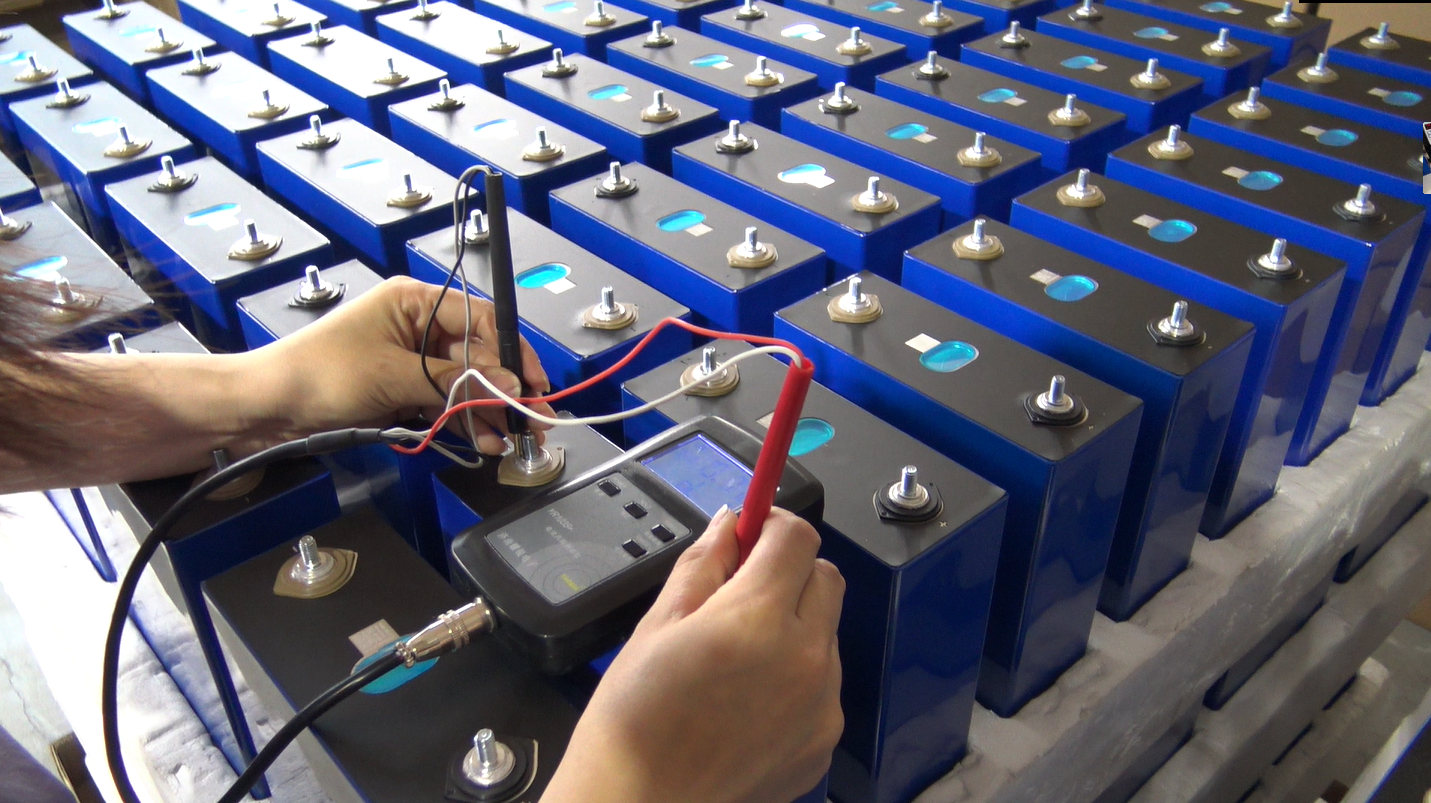Bateri litium-ion membawa kemudahan kepada kehidupan kita, tetapi kita juga bimbang tentang potensi bahaya daripada tenaga berkuasanya. Di PKNERGY, setiap bateri litium-ion yang baru dikeluarkan menjalani satu siri ujian yang ketat untuk memastikan prestasi, keselamatan dan kebolehpercayaannya. Setiap langkah adalah penting, dan berikut ialah gambaran keseluruhan terperinci tentang ujian ini:
1. Ujian Fizikal
Ujian fizikal memastikan bahawa penampilan dan struktur bateri adalah mengikut standard. Sebarang percanggahan saiz atau ubah bentuk boleh menyebabkan kebocoran atau kerosakan.
- Ujian Saiz dan Berat:Mengukur dimensi dan berat untuk memastikan ia memenuhi spesifikasi reka bentuk.
- Pemeriksaan Visual:Memeriksa sebarang kecacatan atau kerosakan pada selongsong bateri, terminal dan label.
- Ujian Kekuatan Selongsong:Mengenakan tekanan untuk menguji ketahanan selongsong.
2. Ujian Prestasi Elektrik
Ujian elektrik mengesahkan bahawa bateri memenuhi keperluan kapasiti dan prestasi, yang ditentukan oleh bahan dan proses pembuatan.
- Ujian Kapasiti:Mengecas dan menyahcas pada arus tertentu untuk mengesahkan sama ada bateri memenuhi kapasiti terkadarnya.
- Ujian Rintangan Dalaman:Mengukur rintangan dalaman di bawah pelbagai keadaan untuk menilai output kuasa, kecekapan pengecasan dan kadar nyahcas sendiri.
- Ujian Voltan:Memeriksa voltan litar terbuka dan operasi untuk menilai kestabilan prestasi.
- Ujian Kadar Pelepasan:Menguji bateri pada pelbagai kadar nyahcas (cth, 0.5C, 1C, 2C) untuk memahami prestasi pada permintaan kuasa tinggi.
- Ujian Pelepasan Diri:Mengukur berapa cepat bateri kehilangan kuasa apabila melahu.
- Ujian Ciri-ciri Pelepasan:Menilai keluk nyahcas dan kecekapan.
3. Ujian Keselamatan
Ujian keselamatan mensimulasikan kemungkinan senario abnormal untuk menilai keselamatan bateri di bawah tekanan. Bateri PKNERGY menjalani pelbagai ujian standard antarabangsa, termasuk pensijilan CE, MSDS dan UN38.3.
- Ujian Overcharge:Mensimulasikan keadaan pengecasan berlebihan untuk memastikan mekanisme keselamatan diaktifkan mengikut keperluan.
- Ujian lebihan pelepasan:Mengesahkan keselamatan bateri apabila dilepaskan melebihi had biasa.
- Ujian Litar pintas:Mencipta litar pintas untuk memeriksa perlindungan litar pintas yang berkesan dan keselamatan terma.
- Ujian Tusukan:Menusuk bateri dengan objek tajam untuk mensimulasikan kerosakan tusukan dan memerhatikan kemungkinan tindak balas.
- Ujian Hancur:Menggunakan daya untuk menilai ketahanan di bawah tekanan fizikal.
- Ujian Kesan:Menilai daya tahan terhadap kesan mengejut.
- Ujian Kestabilan Terma:Menguji di bawah suhu yang melampau untuk melihat kestabilan dan kawalan.
4. Ujian Kebolehsuaian Alam Sekitar
Memandangkan bateri litium digunakan merentasi pelbagai persekitaran, ujian untuk rintangan alam sekitar memastikan ketahanan bateri.
- Ujian Berbasikal Suhu:Berbasikal antara suhu tinggi dan rendah untuk memeriksa kestabilan.
- Ujian Kelembapan:Menguji kebolehpercayaan dalam keadaan kelembapan tinggi.
- Ujian Getaran:Simulasi getaran pengangkutan dan operasi.
- Ujian Tekanan Rendah:Mensimulasikan persekitaran altitud tinggi atau tekanan rendah.
5. Ujian Tambahan
- Ujian Keserasian Elektromagnet (EMC):Menilai gangguan dan rintangan kepada medan elektromagnet.
- Ujian Prestasi Alam Sekitar:Memeriksa bahan berbahaya.
- Ujian Hayat Kitaran:Menilai jangka hayat melalui pelbagai kitaran cas/nyahcas.
Kesimpulan
Adalah lebih meyakinkan untuk menggunakan bateri litium-ion yang telah lulus ujian, yang akan mengurangkan kemungkinan anda menghadapi potensi bahaya. Pada masa yang sama, bateri litium-ion yang dihasilkan secara ketat mengikut piawaian adalah kualiti yang lebih baik. Jika anda mencari pengeluar bateri litium-ion berkualiti tinggi, ia akan membantu anda memahami proses pengeluaran dan ujian mereka. PKNERGY mempunyai 18 tahun pengalaman dalam pengeluaran bateri litium, berikutanPengeluaran 5S pemeriksaan standard dan rawak, dan tidak pernah mengalami kemalangan keselamatan bateri setakat ini. Jika anda bercadang untuk membeli bateri litium-ion, kami akan menjadi rakan kongsi anda yang boleh dipercayai. Hubungi PKNERGY segera untuk mendapatkan abateri litium-ionpetikan.
Masa siaran: 31-Okt-2024

